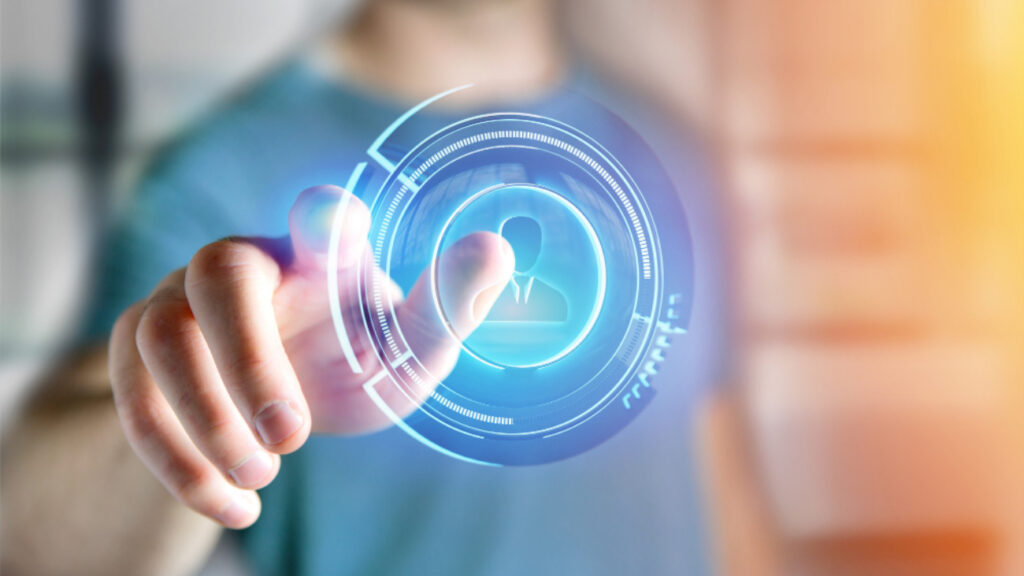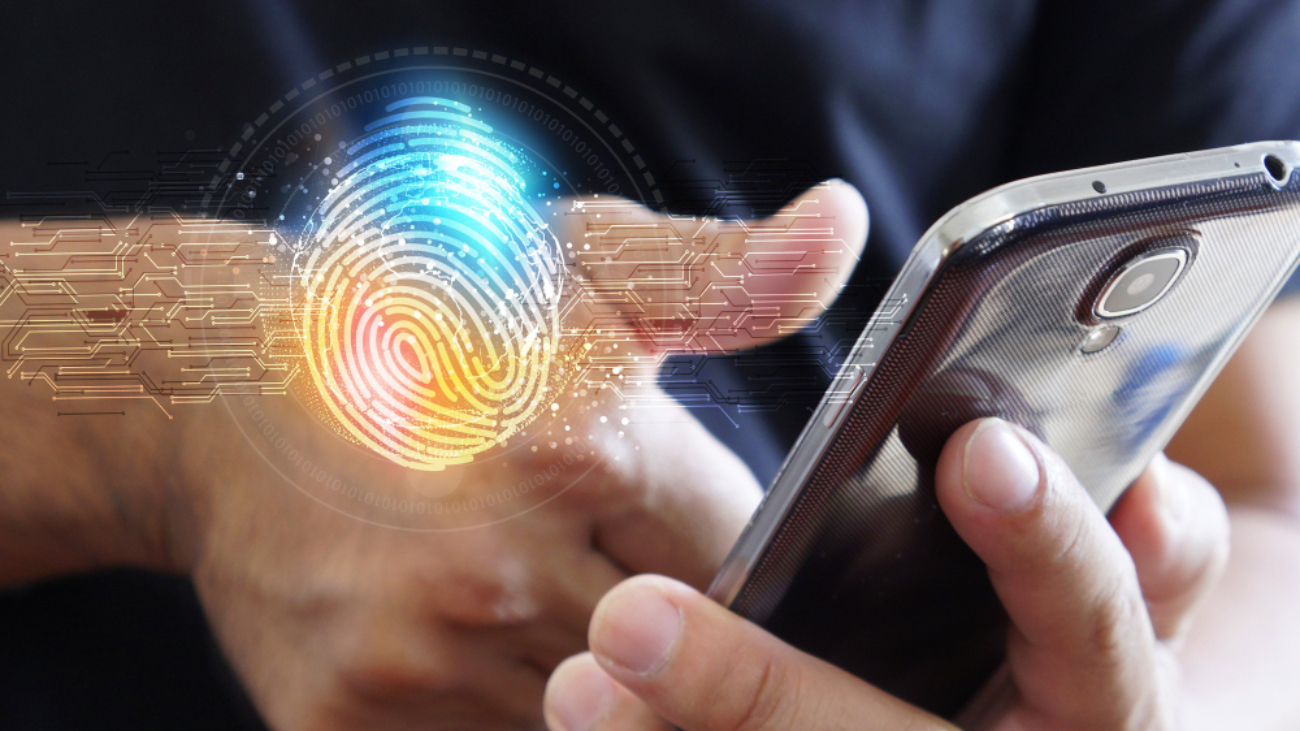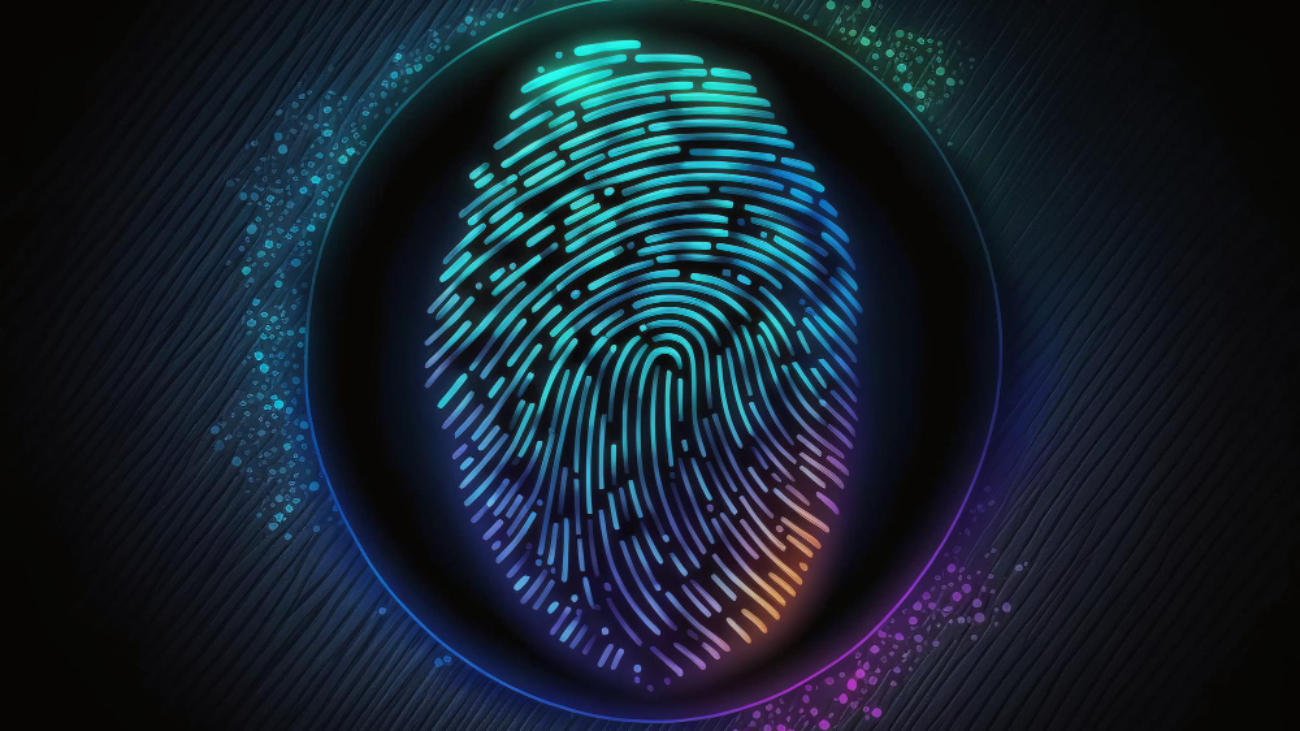Facial recognition, iris scanning, fingerprint scanning and other technologies all provide a safe way to prove identity, fighting fraud stated Bahaa Abdul Hadi. Thing is, although biometric authentication works very well, it has its own huge headache: how should we find the line between safety and privacy? The best way to protect personal information while building strong security measures for biometrics is a dilemma that needs to be solved as soon as possible.
The Rise of Biometric Authentication
Biometric identification systems are changing the way we protect personal and financial information. They rely on unique physical or behavioral traits, such as fingers prints, face shapes and vocal patterns, to verify an individual’s identity. This makes it difficult for fraudsters to impersonate another person for their own gain, or even worse, steal your account numbers.
Biometrics figure largely in a variety of applications — from opening your cell phone to overseeing banking transactions and even passport control in border countries. Employing these technologies, enterprises will present an used experience that is both secure and seamless 100% password or PIN digital access just cannot compete with that.
Ensuring Secure Storage and Transmission of Biometric Data
To address privacy concerns, biometric details should be stored and transmitted securely. An ideal solution is to keep the data on a user’s wallet (or other personal device) and in cloud-based storage that is encrypted, where only authorized persons have access.
Local processing does it at a device level. Data is captured and biometric data matching are done on the user’s device instead of being sent outside to some central server. This way not only does the biometric never leave your devices again but also there is no danger of anyone intercepting or hacking it in transit.
Moreover, end-to-end encryption of all biometric data in network transmissions is essential. In such a way that if the data is intercepted it can not be read. Instead of having central servers store all your personal information (including fingerprint scans and facial recognition), all legal documents requiring privacy protection should be encrypted and run through one way channels and tunnels.
Regulations and Standards for Privacy Protection
To ensure that biometric data is used in a responsible way, must set up strict regulations and standards. Governments and regulatory entities should make frameworks to protect consumers’ privacy while still enabling biometric identification.
For example, the European Union’s General Data Protection Regulation (GDPR) imposes strict rules on how biometric data should be collected, processed and stored in single facilities. According to GDPR, individuals retain control over their data, including the right of access to correction or deletion of their biometric records.
At this time worldwide regulations are beginning to emerge, with many countries introducing laws to ensure that biometric systems are operated transparently and that people’s privacy rights are protected.
The Role of Transparency and Consent
Our people need to know what’s being gathered, how it’s being used and who has access to it. Consent must be explicit: meaning users have to agree on the collection of their biometric data before it is brought into use.
If organizations build biometric authentication systems then they must first clearly communicate their privacy policies and get consent before collecting the biometric data. Through giving users power over their own data companies are able to generate trust and make sure that biometric technology is used ethically.
Conclusion
These technologies are a great deal safer and more convenient for users, but biometrics also present major challenges of personal protection from loss. Future biometric-based authentication systems should protect personal privacy and security by secure storage as much as possible ensure strict regulation and enforcement rules, and stress transparency consent.
With its evolution, it will be essential to keep this balance and thus enjoy the advantages of biometrics without infringing people’s personal liberty. Thank you for your interest in Bahaa Abdul Hadi blogs. For more information, please visit www.bahaaabdulhadi.com.







